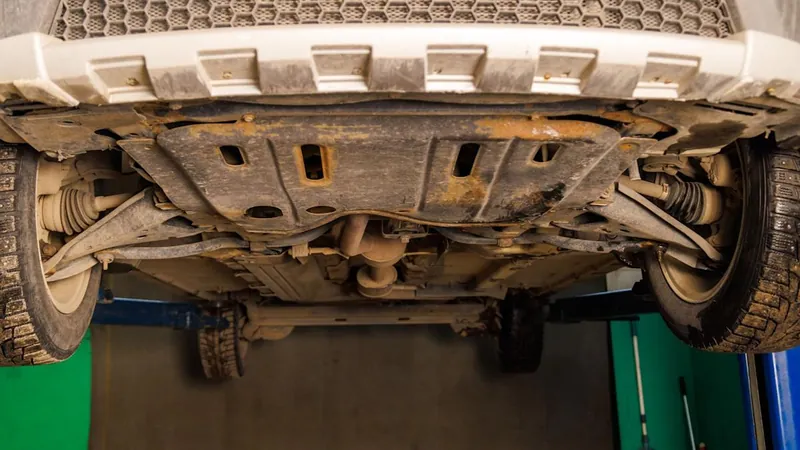
Uncovering the Ancient 'Super-Herds' of Rhinoceroses
2025-04-11
Author: Mei
A Glimpse into the Ancient Past
Imagine vast grasslands teeming with life twelve million years ago—this was the world of Teleoceras major, an ancient rhino that roamed what we now call the North American Midwest. These stout, barrel-bodied giants didn’t just wander aimlessly; they formed tight-knit communities, similar to modern-day hippos.
A Breakthrough Study at Ashfall Fossil Beds
A groundbreaking study from the University of Cincinnati reveals startling insights into these ancient creatures, shedding light on the mysterious Ashfall Fossil Beds State Historical Park in Nebraska. Over 100 rhinoceroses were found alongside other animals, all victims of a catastrophic eruption from a supervolcano.
The Mystery of Their Mass Grave
Since the park's discovery in 1971, scientists have debated why so many creatures ended up together at this site. Did they migrate fleeing disaster, or were they residents? Lead researcher Clark Ward emphasized their findings: these rhinos likely lived right there in herds, not merely passing through in search of safety.
Isotope Clues from Fossil Teeth
Using isotopic analysis on the fossilized teeth of these rhinos, Ward and his colleagues were able to reconstruct their environment and behaviors. By examining strontium, oxygen, and carbon isotopes, they pieced together dietary habits, water sources, and environmental conditions, revealing that these majestic creatures were long-term residents, not wanderers.
The Fatal Ashfall from a Supervolcano
What ultimately led to their demise? A devastating eruption from Yellowstone's supervolcano blanketed their habitat with toxic ash, slowly suffocating them—a far cry from the instantaneous destruction faced by the victims of Pompeii. The ash accumulation choked off their food and water sources, leading to a drawn-out, agonizing starvation.
Evidence of Social Behavior
Teleoceras major was a one-horned behemoth, resembling a hippo more than its distant relatives today. Evidence from the site, including a mix of adult and juvenile fossils, strongly supports the idea of herd behavior—these rhinos lived, thrived, and ultimately perished together. Rhino expert John Payne confirmed their herd-like existence, aligning it with the behavior of similar modern species.
A Personal Connection to Discovery
For Ward, this research is deeply personal. Having visited Ashfall as a child and later working there as an intern, his journey has come full circle. Now, his name is tied to vital research that enhances our understanding of these fascinating prehistoric ecosystems.
Lessons from the Past for Today's World
Though Teleoceras major is long extinct, this study carries profound implications for today’s ecological challenges. By analyzing ancient animals' responses to their changing environment, scientists can glean insights into present-day threats such as climate change and environmental degradation.
Knowledge of the past equips us to navigate future challenges. The research findings, published in Nature Scientific Reports, underscore the importance of understanding how ancient ecosystems functioned in the face of natural disasters.


 Brasil (PT)
Brasil (PT)
 Canada (EN)
Canada (EN)
 Chile (ES)
Chile (ES)
 Česko (CS)
Česko (CS)
 대한민국 (KO)
대한민국 (KO)
 España (ES)
España (ES)
 France (FR)
France (FR)
 Hong Kong (EN)
Hong Kong (EN)
 Italia (IT)
Italia (IT)
 日本 (JA)
日本 (JA)
 Magyarország (HU)
Magyarország (HU)
 Norge (NO)
Norge (NO)
 Polska (PL)
Polska (PL)
 Schweiz (DE)
Schweiz (DE)
 Singapore (EN)
Singapore (EN)
 Sverige (SV)
Sverige (SV)
 Suomi (FI)
Suomi (FI)
 Türkiye (TR)
Türkiye (TR)
 الإمارات العربية المتحدة (AR)
الإمارات العربية المتحدة (AR)